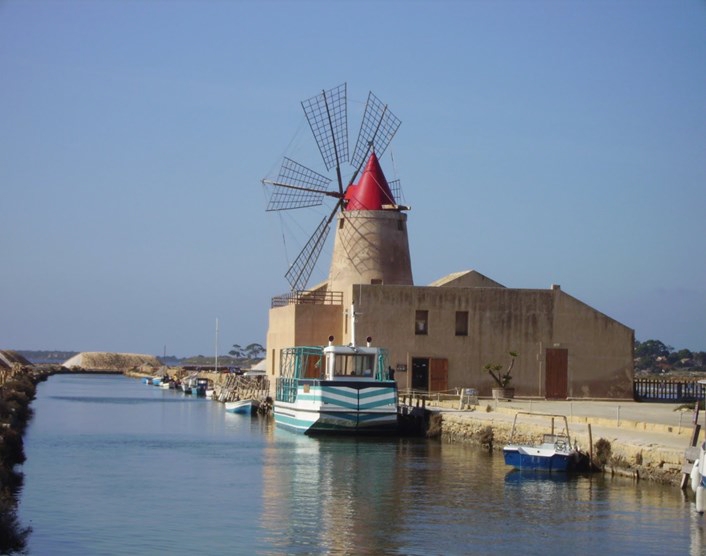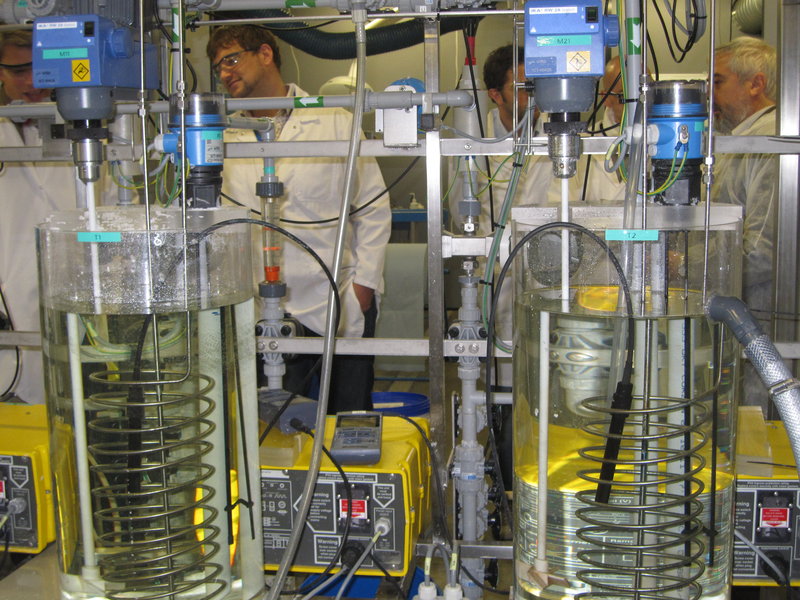New Project: RED Heat to Power
Check out our new RED Heat to Power project on electricity generation from salinity gradients using a Reverse Electrodialysis device in a closed-loop system. In this concept, limited amounts of artificial saline solutions are used as working fluids. The solutions exiting from the RED unit are then regenerated, in order to restore the original salinity gradient, by means of a separation step, which uses low-temperature heat as its energy source.
Visit the RED Heat to Power website for more information.

Reaching way beyond state-of-the-art
The REAPower project was completed in October 2014. In a report developed by external experts on behalf of the European Commission it was concluded:
"Overall, the technological achievements are remarkable in view of the complexity of the topic. The development reached way beyond state of the art by showing the compatibility of the stack and devices in a real environment."
Best Presentation Award
The second international conference on salinity gradient energy took place on September 10-12, 2014 in the Netherlands where REAPower representatives explained the achievements of the project. The presentation of Michele Tedesco from the University of Palermo on the prototype plant performance analysis won the “Best Presentation Award”.

The REAPower video is now available online
Commissioning of the First Prototype (March 2014)
The first reverve electrodialysis system in the world that is generating electricity from brine is now operational! The system has been installed and is operated by the University of Palermo. The stack is developed by REDstack and the membranes by FUJI. The first results are very encouraging.


Pilot System Tests (April 2013)
Full testing of the lab-stack with different membranes and under different operating conditions has been performed by VITO. Good results have been achieved, that provide insights to the factors that affect the performance and give input to the modelling and membrane development work. Power densities of over 11W per square meter of cell pair have been measured, which is a very good result, several times higher compared to the fresh-water seawater approach.


